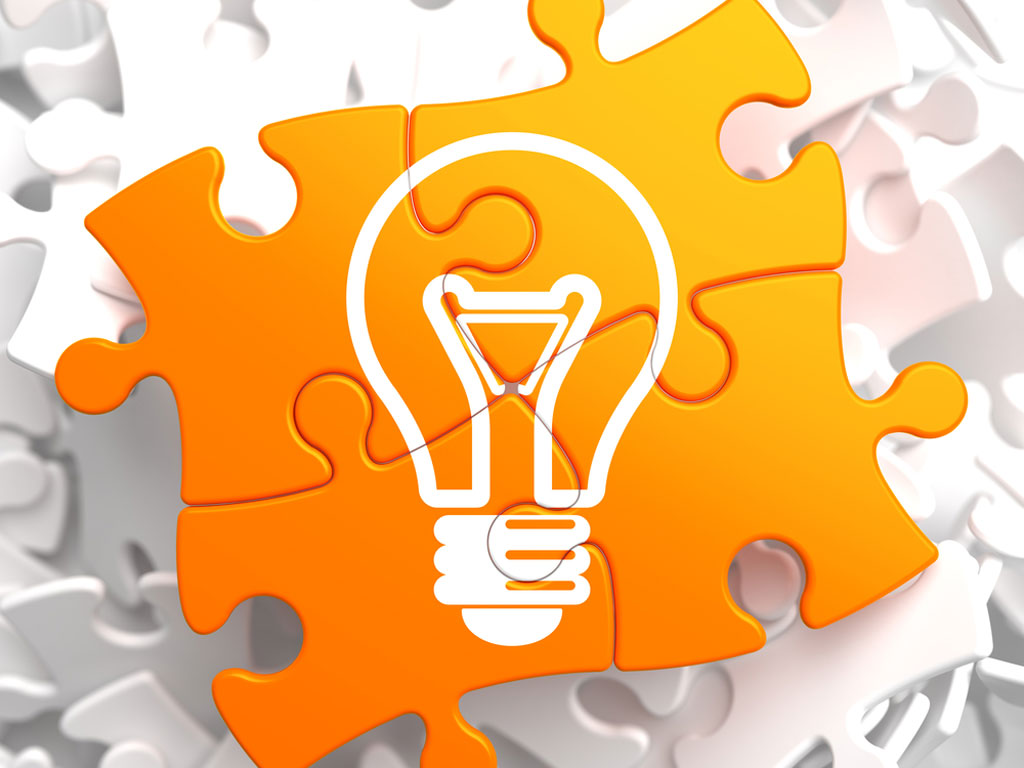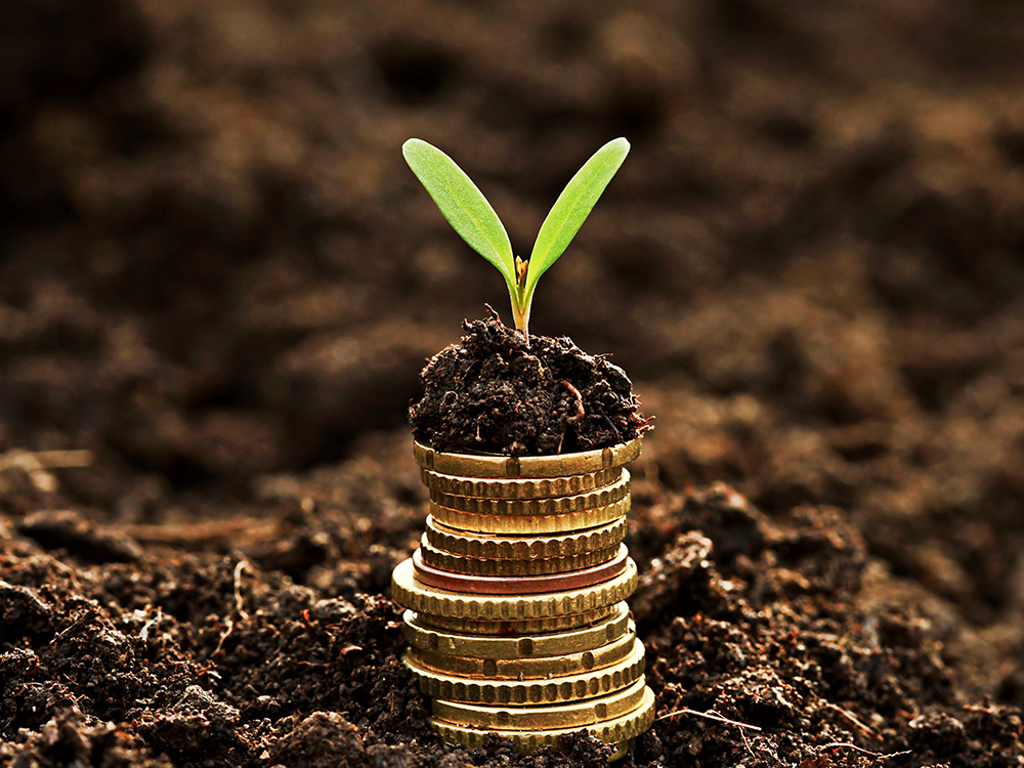(NOMINATION FOR AUREA 2017 AWARD): Weiss Light - The first Serbian LED bulbs plant
 Tuesday, 21.03.2017.
Tuesday, 21.03.2017.
 11:05
11:05
Weiss Light was founded by Ivan Vajs with the logistic support by his business partners and the managers of the company International Health, and Ivan’s son Viktor Vajs has been involved since the foundation and is now the general manager of the company. Taking care of health and ecology, the company used to import and sell LED lamps from China for a period of time, but, as the number of complaints grew, they decided to start their own production. Until last year, the company had operated as a branch of International Health, and they have been independent since December 2016, following additional investments in machines and equipment.
The main characteristic of LED lighting is that it is economic and energy efficient. The advantage of LED lamps is a remarkably long life cycle with up to 90% less energy consumption compared to conventional bulbs. LED lamps produced by Weiss Light can work for 35,000 hours, achieving considerable house budget savings, are characterized by absence of toxic matters (such as mercury) and ultraviolet (UV) and infrared (IR) radiation, and they are made from recyclable materials, making them fully environmentally acceptable.
The quality of Weiss Light LED lamps is equivalent to the quality of the bulbs produced by the leading world companies in the field (Philips, Osram, Samsung, Eglo), whereas the price is up to 40% lower. For now, they are predominantly oriented toward the local market, with two stores in Belgrade and around 200 retailers, and they are planning to export the product to the Slovenian market.
The bulb is fully a product of the local know-how, helping Serbia become a serious competitor in the region and Europe in this field. The production involves 67 employees, whereas the total number of workers in the company amounts to 80.
Aside from LED lamps, the company produces LED displays, neon lamps, reflectors and performs the service of turning the existing lighting system into a LED lighting system.
INNOVATION

The production system consists of the following sectors: development and new technologies, preparation of tools and moulds for the production of casings and diffusers, packaging production, pick and place machines for the production of control units and LED printed circuit boards, finished product assembly, quality control and recycling.
It all begins with an idea in the form of a paper or computer screen draft, which is then finalized as a 3D model. A 3D printer then creates a prototype based on which adequate tools are prepared for the production of bulb components. The tool room features the entire process from the design through the construction to the finishing works on the tools, as well as the production of bulb casings. This is very important, as independent construction and production of tools means that changes can be made quickly and easily and that it’s possible to switch from one model to another in order for them to meet the demands of the market regarding design, functionality and materials, in line with the world trends.
At the same time, modern numerical machines enable the construction tools for casings, which can meet all the needs of the heat dissipation diodes. A special type of thermally conductive polymers enable unobstructed dissipation of heat from the diodes, as well as protection from electrical shock. Non-combustible, self-extinguishing and environmentally safe materials are used. The casings are made from biodegradable polymers, which can be recycled afterwards, and high-density materials make the bulb resilient under the most trying conditions. After the production process has been completed, the tools are sent to the plastic-injection machinery, followed by the application of solder paste on machine-printed circuit boards (PCB). The pick and place machine them places the components to the previously designated spots, producing a semi-product with light-emitting diodes.
The production of the main bulb components is fully automated, reducing the price of the end product. The finalization of the bulb is done manually, as is the global practice, due to the sensitivity of the components. Soldering, screwing and assembling are followed by quality control. Whether the production process has been performed right is shown at the control desk, where the bulbs are left to work for a number of hours. The technical data is then laser-engraved on the casings, and the preparation of the packaging is the final process before the product is safely sent to the end user.
Old LED lamps and the scrap produced in the process are recycled in a separate department, meaning that the production process effectively produces no waste.
Since the company produces its own casings, Weiss Light is capable of producing light bulbs for various purposes, from residential, office and hospitality facilities to the automotive industry, and the products are used as both main and decorative lighting. The range of products encompasses socket types E27, E14, GU10 and MR16, and they also offer LED neon lights and LED strips of various powers, while also being capable of producing water-proof LED lamps.
As the
control units are also produced at the company’s facilities, the control of
quality and the amount of light emitted is also possible, as well as the
production of adequate control units for each bulb, securing a life cycle of
several years and raising the quality of the finished product.
The projected life cycle of a LED chip is 50,000 hours, but, as the conditions are never ideal (working temperature, air humidity, voltage oscillations), the life cycle of a Weiss Light bulb is 35,000 hours, or 5 years. Compared to energy-saving fluorescent bulbs, the life cycle is at least three times longer, whereas, compared to conventional bulbs, the life cycle of a Weiss Light bulb is up to 25 times longer.
The Weiss Light facility in Ugrinovci currently produces 1,000 bulbs in one shift, i.e. 3,000 a day, which makes for around a million bulbs a year, and, since the entire production process is carried out within the company, they are capable of following trends and new technologies, constantly improving the quality of the end product and quickly meeting the demands of each client or market.
SOCIAL USEFULNESS

The standard Edison bulb transforms 95% of its power into heat, and only 5% into light. LED lamps, on the other hand, emit 90% of the energy as light and 10% as heat and therefore need ten times less energy to produce the same amount of light compared to Edison bulbs.
Considering that electricity in Serbia is mostly produced in thermal power plants through fossil fuel combustion, if everybody switched to LED lamps, the production of electricity for lighting would drop ten times, and with it the emission of CO2. According to the Weiss Light data, this means that, if all of Serbia switched to LED lamps, the amount of electrical energy saved would equal that produced by Djerdap 1.
The life cycle of LED diodes is also an important factor in the overall savings. The life cycle of a Weiss Light bulb is 35,000 hours, or 5 years. Compared to energy-saving fluorescent bulbs, the life cycle is at least three times longer, whereas, compared to conventional bulbs, the life cycle of a Weiss Light bulb is up to 25 times longer.
The reliability of Weiss Light bulbs is confirmed by quality tests performed in several categories:
Color quality – Lighting color precision
2. Light output – Strength of lighting generated by the bulb
3. Energy efficiency
4. Minimum 2 year’s guarantee
Another advantage of LED lighting is the absence of toxic matters (such as the mercury contained in energy-saving bulbs), as well as of UV and IR radiation. Minimal heat radiation is also guaranteed, meaning that there’s no phase oscillation, which is harmful to human eyesight.
Weiss Light bulbs are also produced from easily recyclable materials, and the company has a special recycling department for scraps, returned bulbs, testing bulbs etc. No waste is produced in the process, making it fully environmentally acceptable: the plastic is ground and reused, aluminum plates are ground and later cast, wires and copper are sold...
Weiss Light bulbs are a fully Serbian product (local know-how), and Serbia is becoming a serious leader in the region and Europe thanks to the production of LED lighting, new ideas and products developed at Weiss Light. The company employs 67 people in Ugrinovci, whereas another 13 are employed in administrative positions.
Keeping in mind that LED lamps are more expensive than the conventional ones and that the purchasing power is low for a lot of people in Serbia, Weiss Light is trying to meet everyone halfway as part of its socially responsible activities by organizing monthly discounts such as the “5+1” program. Furthermore, the company has initiated the “Lighting Serbia” caravan, within which conventional bulbs are replaced with LED lightings in homes of socially disadvantaged families, theaters and kindergartens all over Serbia.
FINANCIAL POTENTIAL

The wide range of options regarding light color quality, control and light intensity have made LED lamps applicable in places featuring the highest demands when it comes to lighting, such as operating rooms, photo and TV studios. Low consumptions and a long life cycle make them suitable for special cases such as flashes and strobes, successfully replacing xenon lamps.
Since the entire production process is carried out at the facility in Ugrinovci, the company is capable of following trends and new technologies, constantly improving the quality of end products and quickly meeting the demands of each customer or market. The factory owns ISO 9001 and ISO 14001 certificates, issued by TUV RHEINLAND.
Weiss Light products are competitive in the market – the quality of Weiss Light bulbs is equivalent to that of the bulbs made by the biggest world producers (Philips, Osram, Samsung, Eglo), whereas the price is considerably lower. The retail price, for example, ranges from RSD 300 to 700, whereas Osram’s bulbs cost RSD 1200 to 5500.
The company has recently tested the Slovenian market, where it plans to export its products soon. It has been determined that Weiss Light LED lamps are in the same quality range as Osram’s LED lamps, while being considerably less expensive.
The company mostly focuses on the Serbian market for now. They own two stores in Belgrade, cooperate with 200 retailers, and their products can be found in most electrical material shops in the country.
The facility in Ugrinovci produces 1,000 bulbs in a shift, i.e. 3,000 bulbs a day, making for around a million bulbs a year. In addition to the official range of products (LED lamps, LED strips, pipes, as well as the imported products: panels, chargers, reflectors and controllers), thanks to the CNC laser, which is a part of their production system, they can produce LED display stands of various proportions and shapes.
Furthermore, Weiss Light also performs transformation of the existing lighting system into a LED lighting system. One such project was carried out last year for the Ministry of Foreign Affairs of Serbia. The facility in question is under protection as a natural monument, making any exterior changes forbidden, including the decorative lighting itself.
By turning the conventional lighting system into the one using LED technology in the building of the Ministry of Foreign Affairs, Weiss Light achieved electricity savings of 77.30% compared to the previous state, and all the calculations showed that the repayment period for the invested funds through electricity savings was 12 months at the most.
Keeping
in mind that all factories in Serbia are supposed to make a similar
transformation and considering the price range Weiss Light has managed to
achieve through patented technology, the company is sure that commercial
success in the market is guaranteed.
In case the first Serbian LED bulbs plant is your favorite one for the investment of the year, you can vote at the official Aurea award website.


 Izdanje Srbija
Izdanje Srbija Serbische Ausgabe
Serbische Ausgabe Izdanje BiH
Izdanje BiH Izdanje Crna Gora
Izdanje Crna Gora


 News
News








